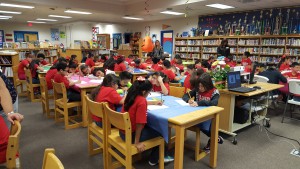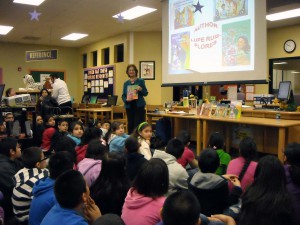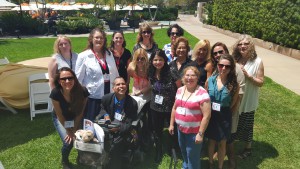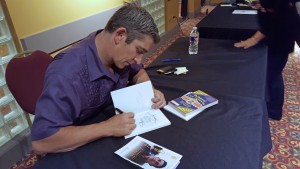The following is from an Institute of Children’s Literature newsletter, dated March 2015. Excellent information for children’s writers who wish to write anything from board books to young adult stories. Visit their website.
__Board books can be tough to sell. They have fewer pages than a picture book and need a simple story or concept. They are usually under 300 words — often far under.
__Picture books must offer at least 12 exciting illustration opportunities with fairly even division of the text. It’s rare to see a picture book published over 1000 words and most are under 500.
__Long Picture Books, between 1000 to 2000 words, are more common in nonfiction than fiction, but a very few publishers actually specialize in them so if you have a longer picture book, seek out those few publishing them. Don’t just send them to anyone who accepts picture books. You’ll be wasting your time and effort and help make response times even slower.
__Easy Reader Books use short sentences and simple (but not boring) plots and vocabularies. They can be very short (a hundred words or less), but can run up to 5000 words depending upon the reader level. The page count for the published book is usually longer than for a picture book. This type of book is actually rarely bought through submissions since most of the publishers of them either assign books or use packagers.
__ Early Chapter Books use simpler vocabulary than a novel and lots of short chapters. The ones for youngest readers use vignette-type chapters rather than cliff-hanger endings. The ones for more confident readers will be structured like a novel but with shorter, simpler plots. They often focus on family and school. Word counts vary considerably with as few as 5000 and as much as 25000 (but most have less than 15000.)
__Middle Grade Novels are again somewhat variable. Usually the story dictates the length but most run between 25000 and 50000 (though some genre can run quite a bit longer, especially fantasy).
__Young Adult Novels are often as long as adult novels, though shorter, simpler hi-lo novels are increasing in popularity. Word counts for young adult novels run on average between 43700 and 70000. Novels in the fantasy genre may run longer — sometimes over 100 thousand.
__Magazine Articles for children are usually short and lively. Nonfiction is tightly focused and looks for the story within the facts. Word counts are more commonly toward the lower end of this scale — Young children: 10 – 50 (toddlers), 100 – 800 (preschoolers) Grade School: 400 – 2,300 Teen: 750 – 2,000
Happy writing day!!

AUSTIN
Lead time: The time between the acquisition of a manuscript by an editor and its actual publication. – Writer’s Digest Weekly Planner
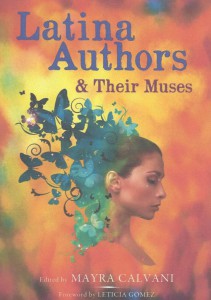 Latina Authors and Their Muses. Around forty Latina authors were interviewed for this book by author Mayra Calvani and published by Twilight Times Books. It is available in the Kindle Edition at Amazon.com and will be out in paperback in December 2015.
Latina Authors and Their Muses. Around forty Latina authors were interviewed for this book by author Mayra Calvani and published by Twilight Times Books. It is available in the Kindle Edition at Amazon.com and will be out in paperback in December 2015. 
